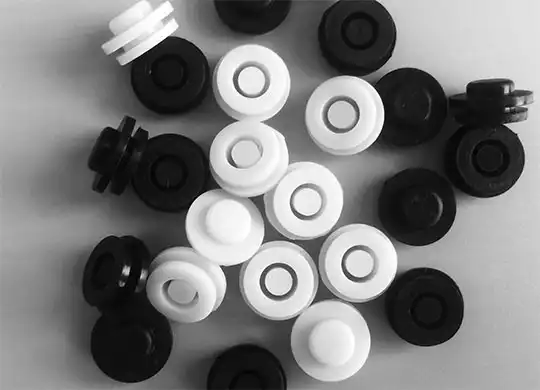Silicone rubber has excellent high and low temperature resistance and ozone resistance, making it widely used in many fields. However, the flammability of silicone rubber limits its development in the fields of electronics and electrical, wires and cables, automobiles, aerospace and other fields to a certain extent.

In order to expand the application scope of silicone rubber, improving its flame retardant properties has become one of the main research directions. In the past, flame retardants for silicone rubber mainly included halogen flame retardants such as decabromodiphenyl ether and chlorinated paraffin, and phosphorus flame retardants such as red phosphorus and phosphate esters. Although these flame retardants have good flame retardant effects on silicone rubber, they will release harmful gases during the combustion process and cause greater harm to the environment.
In recent years, the application of environmentally friendly flame retardants such as magnesium hydroxide and aluminum hydroxide has gradually been promoted. These flame retardants do not release harmful gases when burned, and the residue after burning is harmless to the environment. However, magnesium hydroxide and aluminum hydroxide can only produce obvious flame retardant effects when added in large amounts. Adding large amounts will have a negative impact on the mechanical and electrical properties of silicone rubber. In order to improve this problem, Messi Biology modified the surface of magnesium hydroxide to increase its dispersion in silicone rubber and improve its interfacial compatibility with silicone rubber.

After adding modified magnesium hydroxide to silicone rubber, its limiting oxygen index will increase, and it will increase with the increase in the amount of magnesium hydroxide. Magnesium hydroxide treated with silicone is dispersed more evenly in silicone rubber and the aggregated particles are smaller, which makes the magnesium hydroxide particles and silicone rubber closely combined and improves the compatibility of the interface between the two.
Magnesium hydroxide can absorb a large amount of heat during the decomposition process and reduce the temperature of the combustion material. At the same time, the water vapor generated by decomposition can dilute the flammable gas and isolate the water vapor between the silicone rubber and oxygen, thus exerting a flame retardant effect.
In general, magnesium hydroxide has a good flame retardant effect on silicone rubber. The flame retardant effect of silicone-treated magnesium hydroxide is better than that of stearic acid-treated and untreated magnesium hydroxide, and the damage to the electrical insulation and mechanical properties of silicone rubber is also lower.
